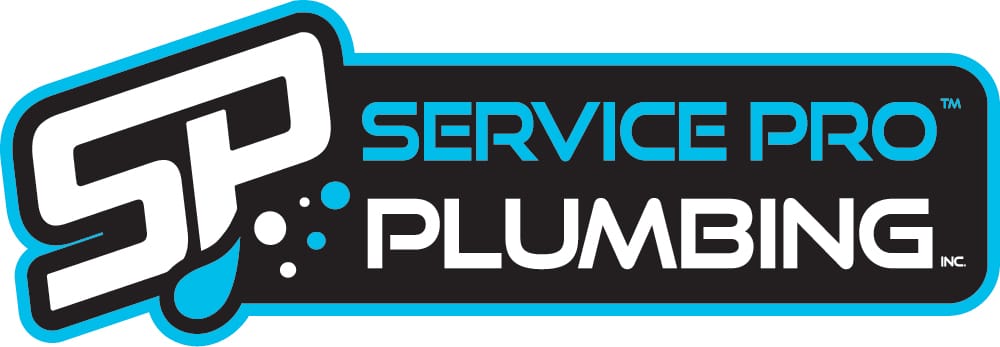Frequently Asked Questions to Vancouver, WA Plumbers
Welcome to the FAQ page of Service Pro Plumbing Service, where we aim to provide you with all the answers you need regarding our plumbing services. Our team of expert Vancouver, WA plumbers is dedicated to delivering excellent customer service by offering a wide range of plumbing services, from routine maintenance and repairs to emergency plumbing solutions. Our team of skilled plumbers is available 24/7 so don’t hesitate to reach us any time.
We understand that plumbing issues can be stressful and inconvenient, which is why we are committed to making the process as easy and stress-free as possible for you. We are always happy to answer any questions you may still have if we haven’t listed them here.
Backflow is the undesirable reverse flow of contaminated water or other liquids back into a clean water supply system, which can pose a significant health hazard. To prevent backflow from occurring, plumbing systems are typically equipped with a backflow prevention device.
A backflow prevention device is designed to prevent the reverse flow of water by creating a physical barrier between the contaminated water and the clean water supply. There are several types of backflow prevention devices available, including air gaps, double-check valves, and reduced pressure zone (RPZ) assemblies. The type of device used will depend on the specific plumbing system and level of hazard.
Air gaps are the simplest form of backflow prevention and involve creating a physical separation between the contaminated water and the clean water supply. Double-check valves and RPZ assemblies are more complex devices that use a series of valves and pressure differentials to prevent backflow.
Regular maintenance and testing of backflow prevention devices are crucial to ensure they are functioning correctly. A licensed plumber can perform these tests and ensure that your backflow prevention device is operating effectively to protect your water supply from contamination.”
Updating your bathroom doesn’t have to break the bank. There are several ways to refresh the look of your bathroom without spending a lot of money. Here are some tips for updating your bathroom on a budget:
Paint: A fresh coat of paint can instantly transform the look of your bathroom. Choose a light and bright color to make the space feel larger and more inviting.
Accessories: Updating your accessories, such as towels, shower curtain, and rugs, can give your bathroom a fresh new look without spending a lot of money.
Lighting: Changing out your light fixtures or adding some new light sources can make a big difference in the overall ambiance of your bathroom.
Hardware: Replacing your old hardware, such as cabinet knobs and drawer pulls, can give your bathroom a quick and inexpensive facelift.
Re-grout and caulk: Refreshing the grout and caulk in your bathroom can make it look cleaner and more polished.
DIY projects: Consider taking on some DIY projects, such as refinishing your vanity or painting your tiles, to give your bathroom a unique and personalized touch.
By following these tips, you can update your bathroom on a budget and create a fresh new space that you will love.”
Commercial and residential plumbing have some significant differences in terms of their scale, complexity, and specific needs.
Commercial plumbing systems are much larger and more complex than residential plumbing systems. They need to handle a higher volume of water, wastewater, and sewage, and are often required to meet strict building codes and regulations. Commercial plumbing systems may also require specialized equipment, such as grease traps, backflow preventers, and lift stations.
Residential plumbing, on the other hand, is designed to serve the needs of a smaller number of people. Residential plumbing systems typically involve simpler designs and do not require specialized equipment.
Another key difference between commercial and residential plumbing is the types of fixtures and appliances used. Commercial buildings may require more complex and specialized fixtures, such as industrial-grade sinks and toilets, whereas residential homes typically have standard fixtures.
Finally, commercial plumbing systems are often designed and installed by specialized commercial plumbing contractors who have the expertise and equipment to handle the complex needs of commercial buildings. Residential plumbing systems, on the other hand, are typically installed and maintained by local plumbers who specialize in residential services.”
Garbage disposals are a convenient addition to any kitchen sink, but not all sinks are compatible with them. The ability to install a garbage disposal in a sink depends on the type of sink and the existing plumbing.
Generally speaking, most standard kitchen sinks are compatible with garbage disposals. However, some older sinks may not be able to accommodate a disposal due to their design or construction. Additionally, some sinks may require specific modifications to the plumbing to properly install a disposal.
It’s important to consult with a professional plumber to determine if your sink is compatible with a garbage disposal and to properly install it. Attempting to install a disposal on your own can result in damage to your sink or plumbing system, and can also be a safety hazard.
Overall, if your sink is a standard kitchen sink and the existing plumbing can accommodate a garbage disposal, then it is likely that you can install a disposal. However, it’s always best to consult with a professional plumber to ensure a safe and proper installation.”
Request a Service
Fill out our form below to schedule a service
Request a Service
Fill out our form below to schedule a service
